Your cart is currently empty!

The Mona Lisa – Leonardo da Vinci
This oil painting reproduction of The Mona Lisa by Leonardo da Vinci is not just a mere replica, but a true masterpiece that exudes elegance and sophistication. Crafted with the utmost care and using the highest quality materials, this reproduction captures the essence of the original artwork in stunning clarity.
Skilled artisans have employed a combination of traditional techniques and modern…
The Enigma of the Mona Lisa: A Study Guide
Introduction
The Mona Lisa, painted by Leonardo da Vinci in the early 16th century, stands as one of the most celebrated artworks in history. Known for her mysterious smile and captivating gaze, this painting has intrigued art enthusiasts and historians alike for centuries. This article serves as a study guide, exploring various aspects of the Mona Lisa, including its subject, technique, historical significance, and the debates surrounding it.
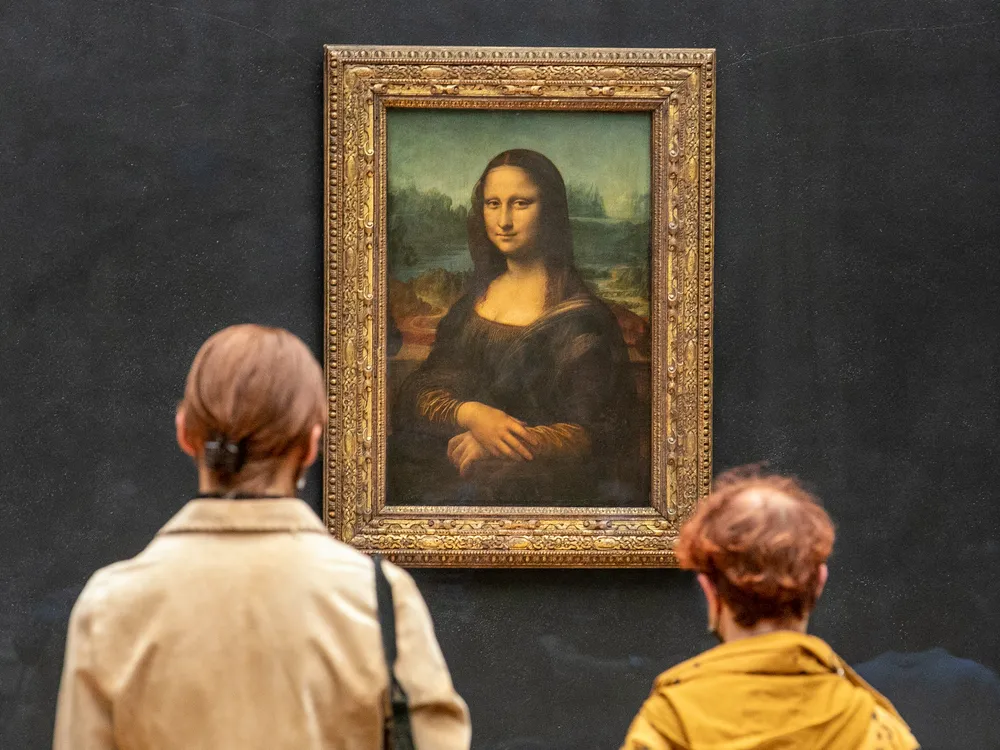
Who is the Subject of the Mona Lisa?
The subject of the Mona Lisa is widely believed to be Lisa del Giocondo, the wife of Francesco del Giocondo, a wealthy Florentine merchant. The painting is also known by its Italian title, La Gioconda, which translates to “the jocund one.” This title is a playful pun on Lisa’s married name and reflects the cheerful nature attributed to the painting’s subject.
Technique: Sfumato and Aerial Perspective
Leonardo da Vinci employed several innovative techniques to create a sense of realism and depth in the Mona Lisa. One of the most significant is sfumato, which involves soft blending of colors and tones. This technique is particularly evident around the eyes and mouth, where the transitions between light and shadow create a lifelike appearance and convey an ambiguous emotional state.
Additionally, Leonardo pioneered the use of aerial perspective, a technique that renders the background landscape in softer focus and lighter colors to mimic how the atmosphere affects distant objects. This enhances the illusion of depth, allowing the viewer to perceive the landscape as a realistic setting that complements the sitter’s presence.
The Landscape: A Reflection of the Sitter
The landscape in the Mona Lisa is not a direct representation of any specific location but an imaginative composition featuring rolling hills, winding paths, and a distant bridge. Its placement, level with the sitter’s eyes, establishes a connection between Lisa and the evocative scenery. This relationship invites viewers to interpret the landscape as a metaphor for Lisa’s inner thoughts and emotions, further deepening the painting’s intrigue.
Posture and Expression
The Mona Lisa is characterized by her upright posture and reserved demeanor. Sitting with her arms folded across her lap, she exudes a sense of calm and composure. Her most famous feature, however, is her enigmatic smile, which has captured the fascination of countless admirers. Some perceive it as inviting and alluring, while others find it elusive and ambiguous, contributing to the overall mystery of the painting.
Historical Debate: Creation Dates
Traditionally, the Mona Lisa has been dated between 1503 and 1506. However, recent research suggests that Leonardo may have continued working on the painting until 1517. The discovery of a 1503 note by Agostino Vespucci indicates that Leonardo was indeed engaged in painting Lisa del Giocondo’s portrait during that time. Despite this, the exact timeline and connection to the Mona Lisa housed in the Louvre remain subjects of debate among art historians.
The Theft of the Mona Lisa
A pivotal event in the early 20th century that significantly boosted the Mona Lisa’s fame occurred in 1911 when it was stolen from the Louvre by Vincenzo Peruggia, an Italian handyman. Peruggia believed that the painting belonged in Italy, viewing it as a national treasure wrongfully taken by France during the Napoleonic Wars. His motives and the subsequent media frenzy surrounding the theft thrust the Mona Lisa into the global spotlight, cementing its status as an iconic work of art.
Vandalism and Protection Measures
Over the years, the Mona Lisa has been subjected to various acts of vandalism. Notably, in 1956, a rock was thrown at the painting, resulting in damage to the lower part of the artwork. In 1974, the painting was sprayed with red paint during an exhibition in Japan, and in 2009, a teacup was thrown at it, though it missed the artwork. These incidents prompted the Louvre to implement strict protective measures, including housing the painting in a bulletproof glass case and maintaining controlled climate conditions to preserve its integrity.
The “Mona Lisa Illusion”
The Mona Lisa is also known for the “Mona Lisa illusion,” a phenomenon where viewers perceive the subject’s eyes as following them as they move. This effect is attributed to the direct gaze of the sitter and the way our brains interpret visual cues. The illusion adds to the painting’s allure, making it feel more dynamic and engaging.
Early Versions and Copies
Several early versions and copies of the Mona Lisa exist, providing insight into its legacy. One notable version is housed in the Prado Museum in Madrid, believed to have been painted by one of Leonardo’s pupils, possibly Salaì, simultaneously with the original. Another contentious version, known as the Isleworth Mona Lisa, surfaced in the early 20th century. While some attribute this painting to Leonardo himself, others dispute its authenticity, showcasing the ongoing fascination and debate surrounding this iconic work.
Symbolism in the Mona Lisa
The Mona Lisa is rich in symbolism, which can be analyzed through elements such as the sitter’s posture, clothing, and the background landscape. Her folded arms and composed expression convey a sense of serenity, while her dress, adorned with intricate details, reflects the fashion of the Renaissance period. The landscape, with its winding paths and distant bridge, may symbolize the journey of life, inviting interpretations about the connection between the sitter and the world around her.
Enduring Fame: Factors Contributing to Its Status
The Mona Lisa‘s enduring fame can be attributed to several factors. First, Leonardo’s innovative techniques and mastery of realism set a new standard for portrait painting. Additionally, the painting’s intriguing backstory, including its theft and various acts of vandalism, has kept it in the public eye. The widespread reproduction of the Mona Lisa in various forms, including prints, advertisements, and merchandise, has further solidified its status as the “most famous painting in the world.”
Leonardo’s Artistic Innovations
The Mona Lisa is a testament to Leonardo da Vinci’s artistic innovations and his deep interest in science and nature. His understanding of anatomy, light, and shadow is evident in the painting’s lifelike representation. Moreover, Leonardo’s exploration of human emotion and psychology is encapsulated in Lisa’s enigmatic smile, inviting viewers to ponder the complexities of the human experience.
Comparison with Other Renaissance Portraits
When comparing the Mona Lisa to other Renaissance portraits, it adheres to many conventions of the genre while simultaneously breaking new ground. Like other portraits of the time, it emphasizes the sitter’s individuality and psychological depth. However, its unique composition, the use of sfumato, and the captivating expression set it apart from contemporary works, making it a groundbreaking example of Renaissance art.
The Enigma of the Smile
The theories and interpretations of the Mona Lisa‘s enigmatic smile reveal much about the nature of art and its ability to inspire varied meanings over time. Some view the smile as a representation of joy, while others interpret it as a symbol of melancholy or mystery. This ambiguity speaks to the painting’s enduring appeal and the diverse ways in which art can resonate with different audiences.
Conclusion
The Mona Lisa remains an extraordinary piece of art, not only for its technical brilliance and historical significance but also for its ability to evoke curiosity and debate. Through its subject, technique, symbolism, and the myriad stories surrounding it, the Mona Lisa continues to captivate and inspire generations of viewers, solidifying its place as a true masterpiece of the Renaissance.
Leonardo da Vinci
Leonardo da Vinci was a polymath of the Renaissance, renowned for his extraordinary contributions to art, science, and invention, whose masterpieces, such as the Mona Lisa and The Last Supper, reflect his profound understanding of human emotion and the natural world.
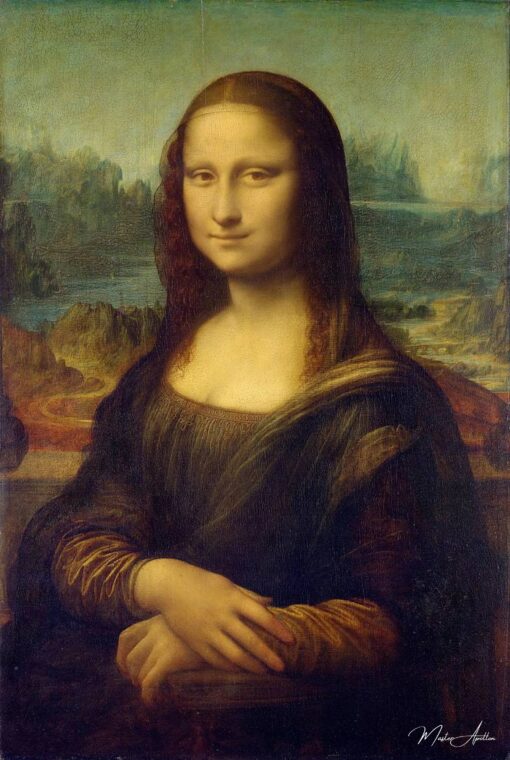
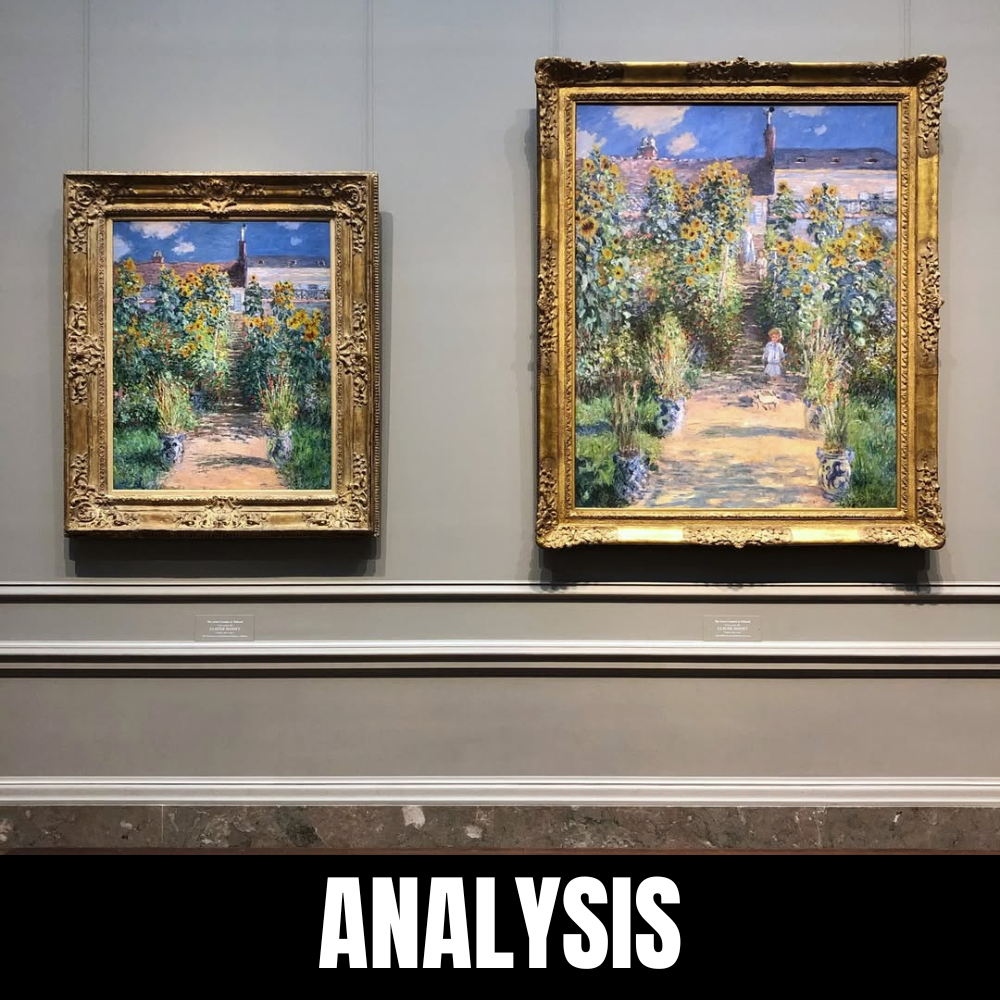
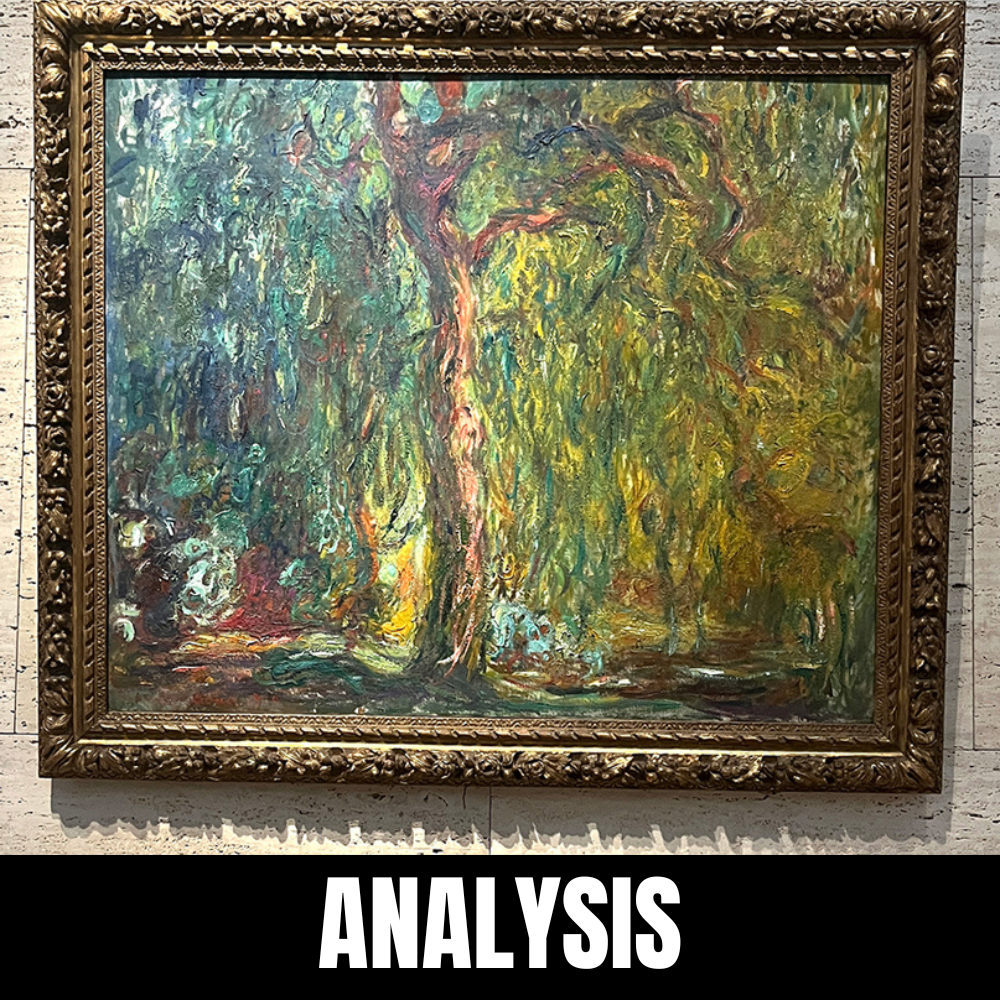
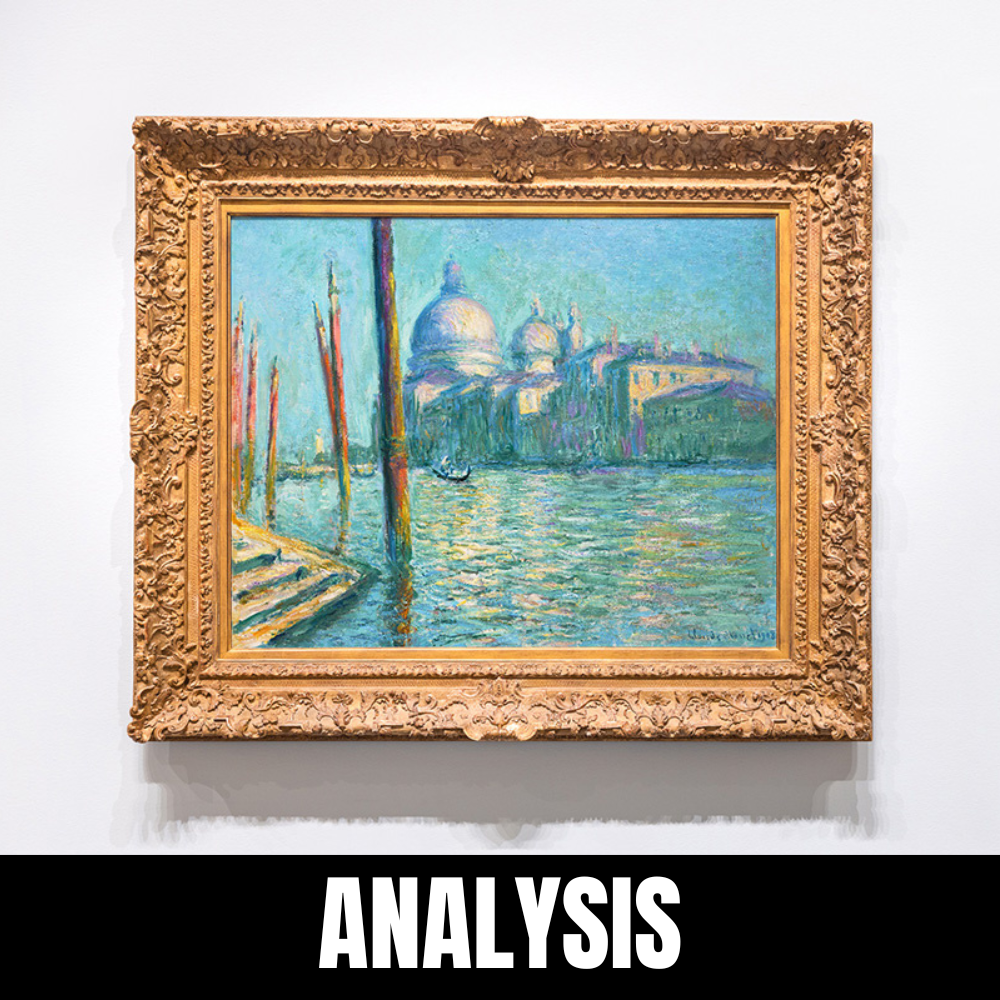
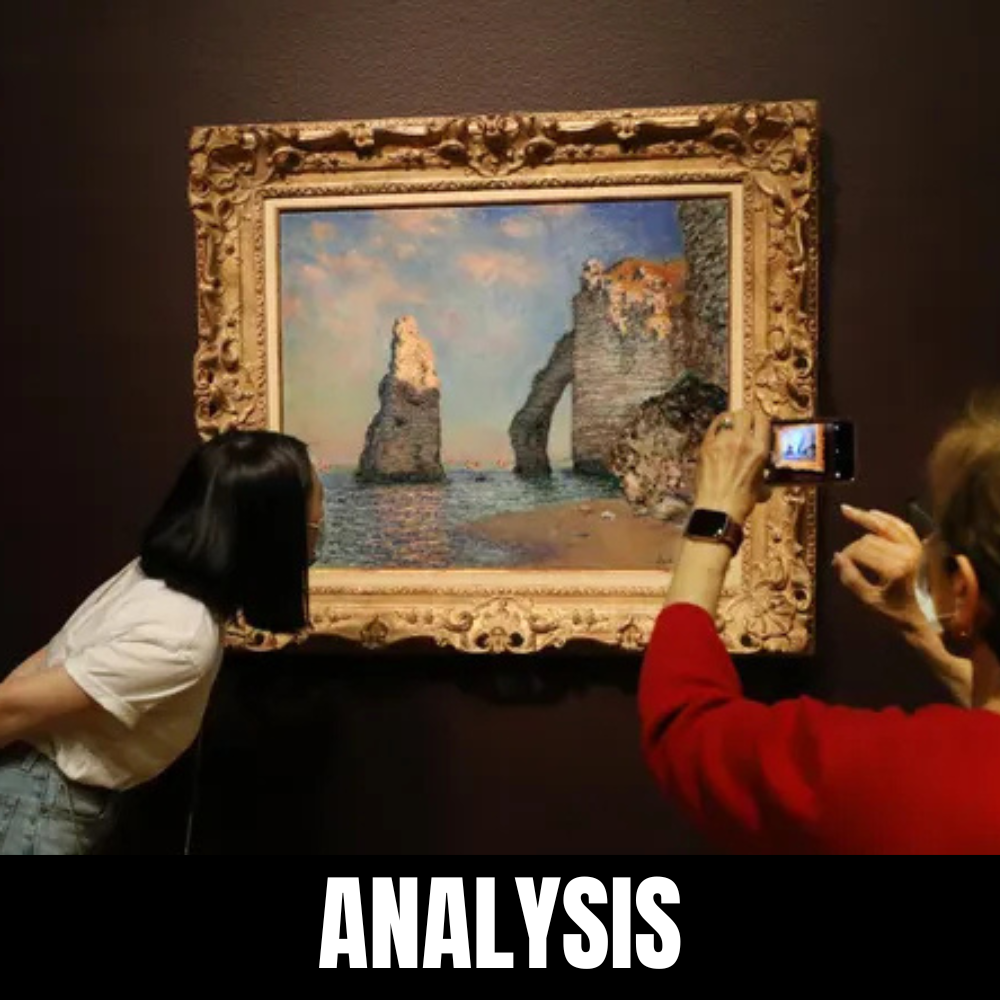
Leave a Reply